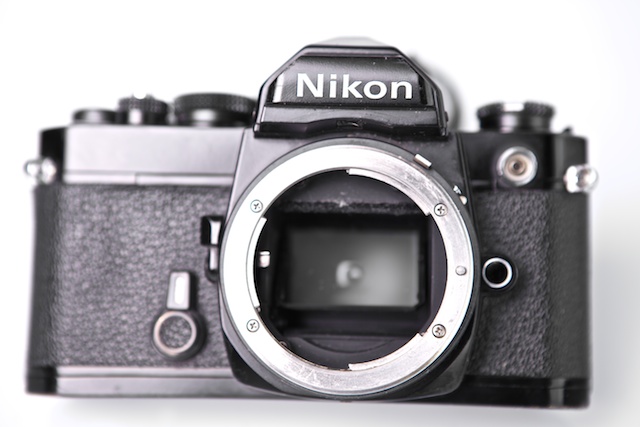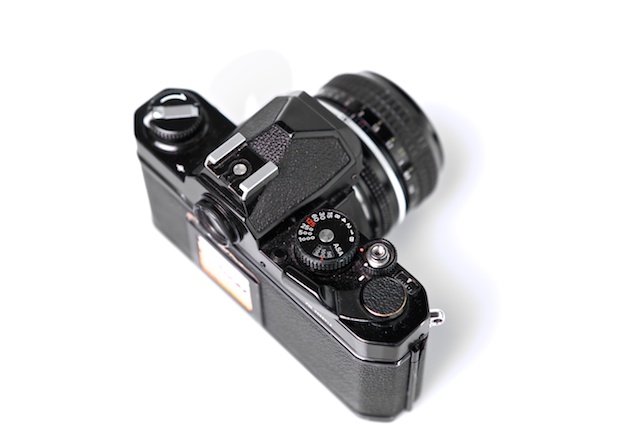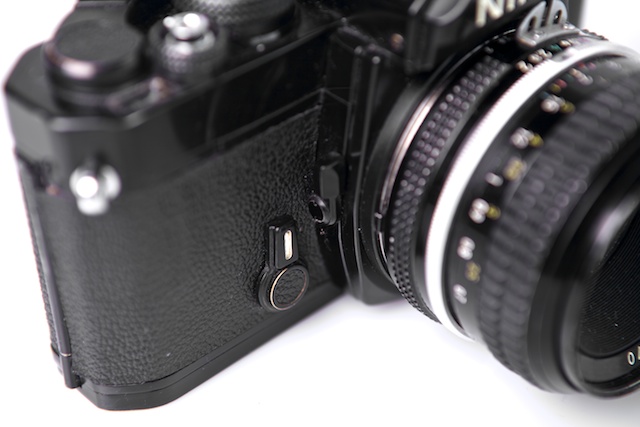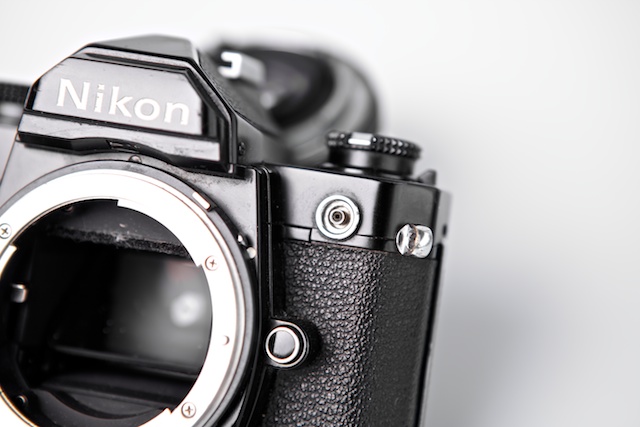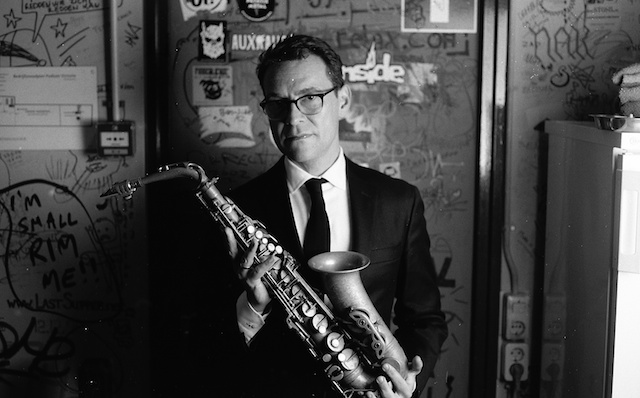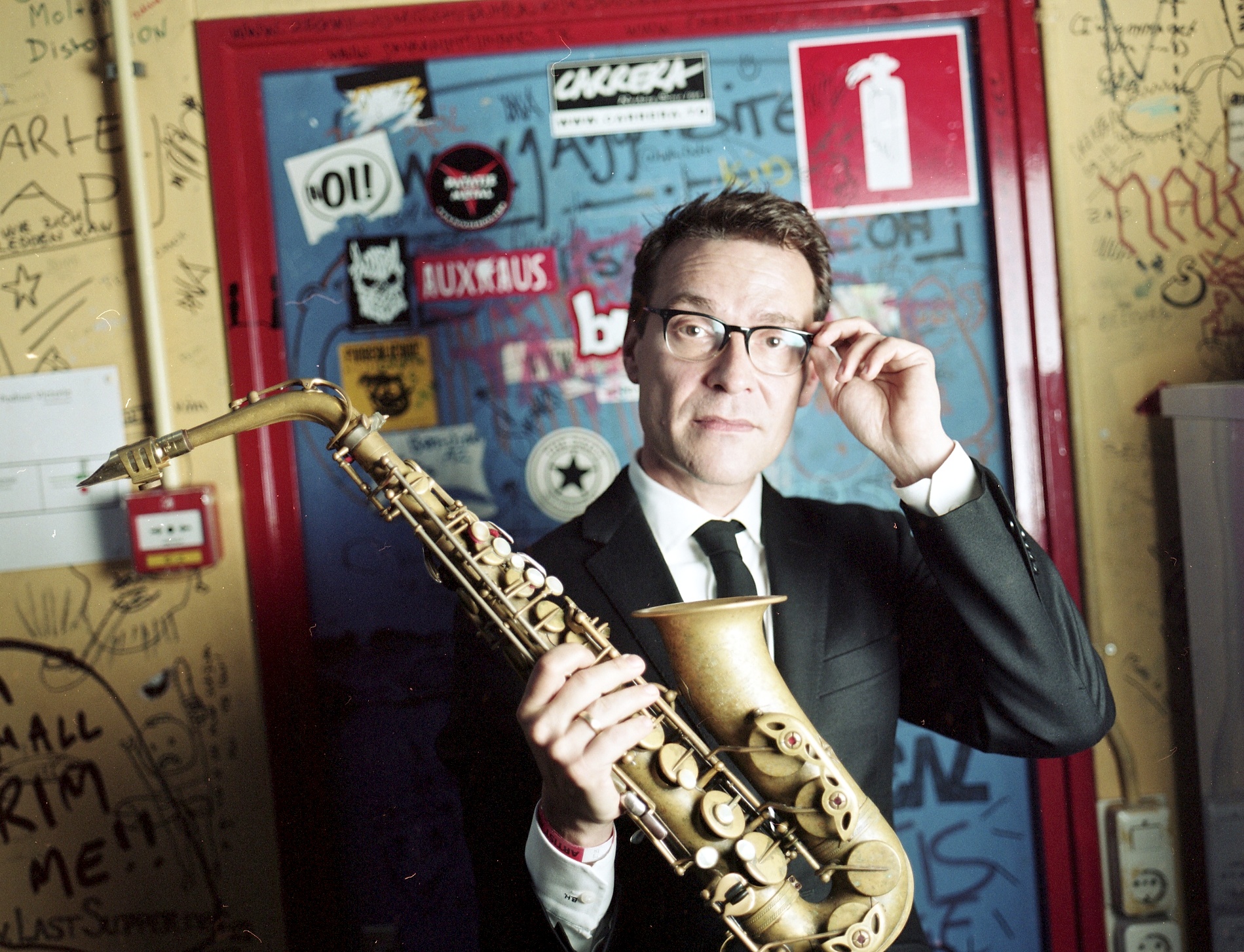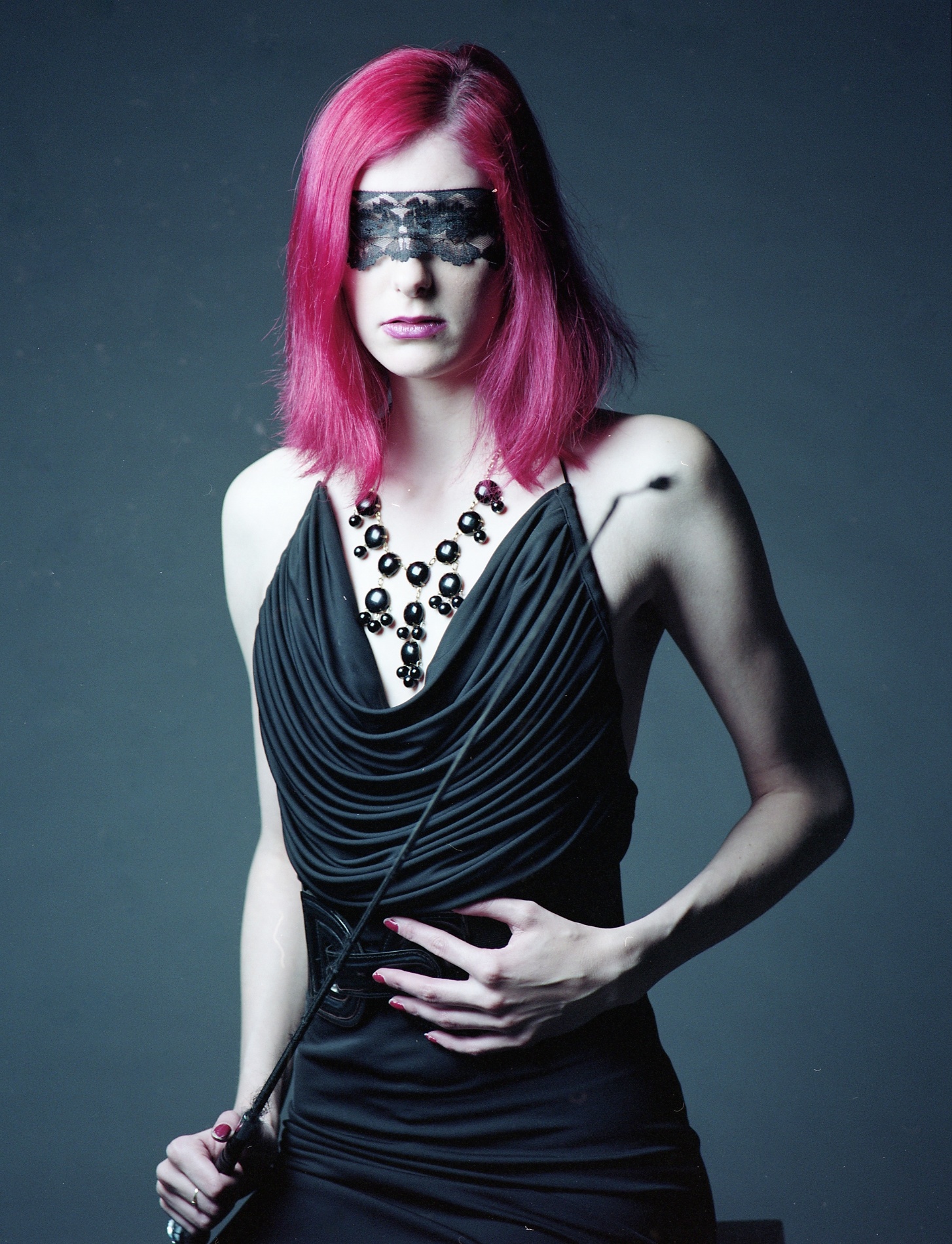Why you don't need the most expensive fast Glass
Hi All,
There is something I wanted to share for a while, so here it is. I hear al lot of people always go, you need the most expensive glass and the fasted apertures, Get the Canon 50mm 1.2L for the smallest depth of field and so on. But there is a catch especially with portrait work. And that is what I am going to talk about.
I have for my Nikon kit one lens I do almost everything with. This is the Sigma 24-105 f4! Yes f-FOUR!!! Not 2.8. So most people say, they are bad for creating a Small Depth of Field. But they always forget there is always focal length and distance to subject in the equation. I made a small table:
Nikon D800/Sigma 24-105 Art @! 105mm 5.6
To make it a fair comparison I calculated everything with a 3 meter (30 feet) distance, with the most common used focal lengths. What you now can see is that with the Sigma 24-105 I can have a smaller Depth of Field at F4 than you can get with the 2.5x more expensive Canon 50mm 1.2L lens at 1.2.
This gives me also some extra advantages. I want to control my light, using strobes at 1.2 apertures is not really easy because a lot of studio strobes don't get that low and to kill the ambient light you have to start using ND filters. Also the compression for portraits at 105mm is beautifull. 50mm lenses are great for environmental portraits. But headshots are not flattering with 50m lenses. For people shooting portraits also take a look at an 85mm 1.8, you can get even smaller DOF with that than the 1.2
But whatever you do, never forget, a small DOF can be beautiful, but hell to focus. When people move maybe an inch it can make or break your shot. So a lot of time you even won't be shooting at maximum aperture, but more at f8 or f11. So you don't even need to buy the most expensive lenses to get great portraits.
Fuji !00 @ f2 with 1/1000
With Cropsensor camera's
The table above is calculated on 35mm/Full Frame camera's. Nowadays there are also a lot of great (mirrorless) crop sensor camera's like the Fuji's. The Fuji 56 1.2 is a killer portrait lens! And for the table, on 1.2 at 56mm you can get a 0,14 DOF! So don't come with the story you can't get a small DOF with a Crop Sensor camera!
With Medium Format
Or take a look at an old Hasselblad like the 500c/m with a 80mm 2.8. These baby's may be analogue, but still rock! I currently use to and love shooting with them and the quality and look is so great! For the table, at 2.8, 80mm you get an 0.38 DOF, so also small. And I can tell you, you will shoot the camera at f8 or f11 almost every time, because getting focus at f5.6 or lower is a challenge!
And with some nice film like Tri-X or Fuji Velvia, Scan them big (you can scan then up to 60mp eqv) and print them.
So I hope this helps you not to feel bad at not having the most expensive fast glass. You can do it with less. And yes the expensive lenses will be sharper and faster and all that. But it is still the photographer who seek the light, creates the composition and takes the pictures!
Analoog avontuur: Nikon FM
Ik heb het eerder deze week al even voor bij laten komen, één van mijn nieuwe liefde is mijn Nikon FM 35mm camera met de standaard 50mm F2.0 lens. Na de hype van de Nikon DF> leek het me leuk om een blog aan de inspiratiebron van de Nikon DF te wijden.
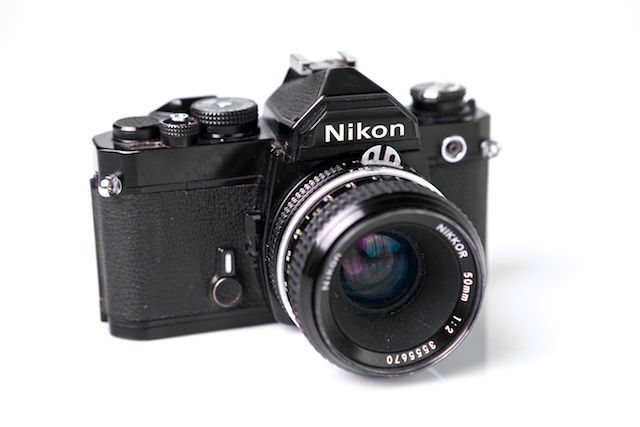
Hoewel het ontwerp van de Nikon DF geleend is van de FM serie zijn er grote verschillen, kijk alleen al naar het formaat. Trouwens genoeg over de DF, deze blog gaat over de FM. De FM is een volledig manueel instelbare camera. In tegenstelling van de FE en FG heeft de Nikon FM geen automaat standen. Wel heeft hij een licht meter ingebouwd.
Body
De body is relatief compact in tegenstelling tot de huidige Full Frame camera's. Alleen gaan er in plaats van CF kaartjes rollen 35mm film in. Verder bevat de camera alle knoppen die je nodig hebt.
Bediening
Bovenop zit links de film terugwind knop/slinger. Vervolgens de Hotshoe voor flitsers, De sluitertijd en ISO knop, de ontspanner en de doorwindhendel. Om batterijen te besparen wordt de lichtmeter pas actief als je de doorwindhendel een eerst stukje "open" draait. Mocht je batterij leeg raken kan je de camera nog steeds blijven gebruiken. Doe dat maar eens met je high-tech DSLR! Je kan dus met deze camera altijd werken, of het nu heet of ijskoud is! De licht meter was de eerste met het 80/20 principe.
Links onder de sluitertijd knop bevind zich nog een heel klein knopje, of eigenlijk is het een schuifje. Door deze schuif naar links te duwen voor het door draaien, kan je een multiple exposure shot maken. Oftewel je ontspanner wordt wel gespannen maar je film niet doorgeladen.
Sync
Naast de flitsschoen bevat de camera oom een pc-sync poort om flitsers aan te sluiten per kabel. De X-sync tijd is trouwens 1/125th wat heel snel is voor de tijd waar hij uit komt. Meestal was het maximale 1/60.
Film
In de camera gaat 35mm film waarmee je gemiddeld 36 foto's kunt maken. Zelf gebruik ik meestal Kodak Porta 160 of Kodak Tmax100 film.
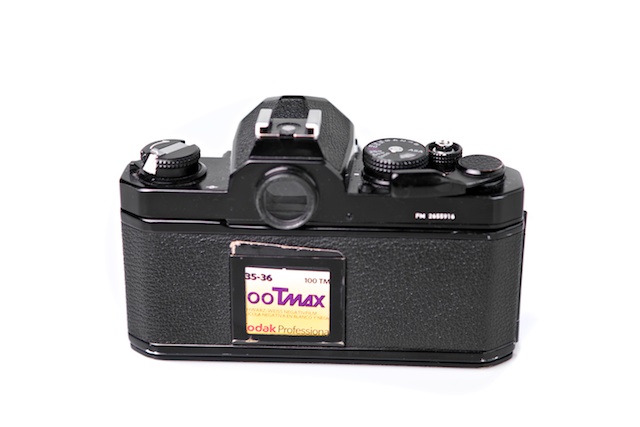
Hieronder staan enkele foto's gemaakt van Benjamin Herman met de Nikon FM en Kodak Tmax100 film en de YongNuo YN-560 en Westcott Apollo 28" softbox
Analoog avontuur: vervolg
Vandaag weer een aantal scans binnen gehad van de afgelopen tijd. Altijd leuk, vooral als je zelf amper nog weet wat er ook al weer op stond. Sinds een paar maanden heb ik naast mijn Digitale kit ook altijd een aantal analoge camera's mee zoals de Nikon FM, Zenza Bronica ETRS en de Yashica-C.
Yashica-C
Onderstaand 3 foto's met de Yashica-C die ik hier al eens eerder besproken heb. Het blijft leuk hoe mensen reageren als je deze camera uit je tas haalt! Onderstaande foto is gemaakt tijden de FED shoot met Elise, Als afsluiting had ik er nog een paar met de Yashica geschoten. De Yashica-C foto is nu bij terugkomst gelijk favoriet. De gebruikte lamp is een Elinchrom BRX250 met de 100cm Rotalux softbox en ik heb Kodak T-Max100 film gebruikt.
De onderstaande foto's heb ik met de Yachica_C gemaakt in Amsterdam. Het zijn twee dubbele exposure foto's. Waarvan de onderste een happy accident is. Door de zwarte achterkant van de eerst foto is het nu net of zij op een vlot op de grachten drijft.


